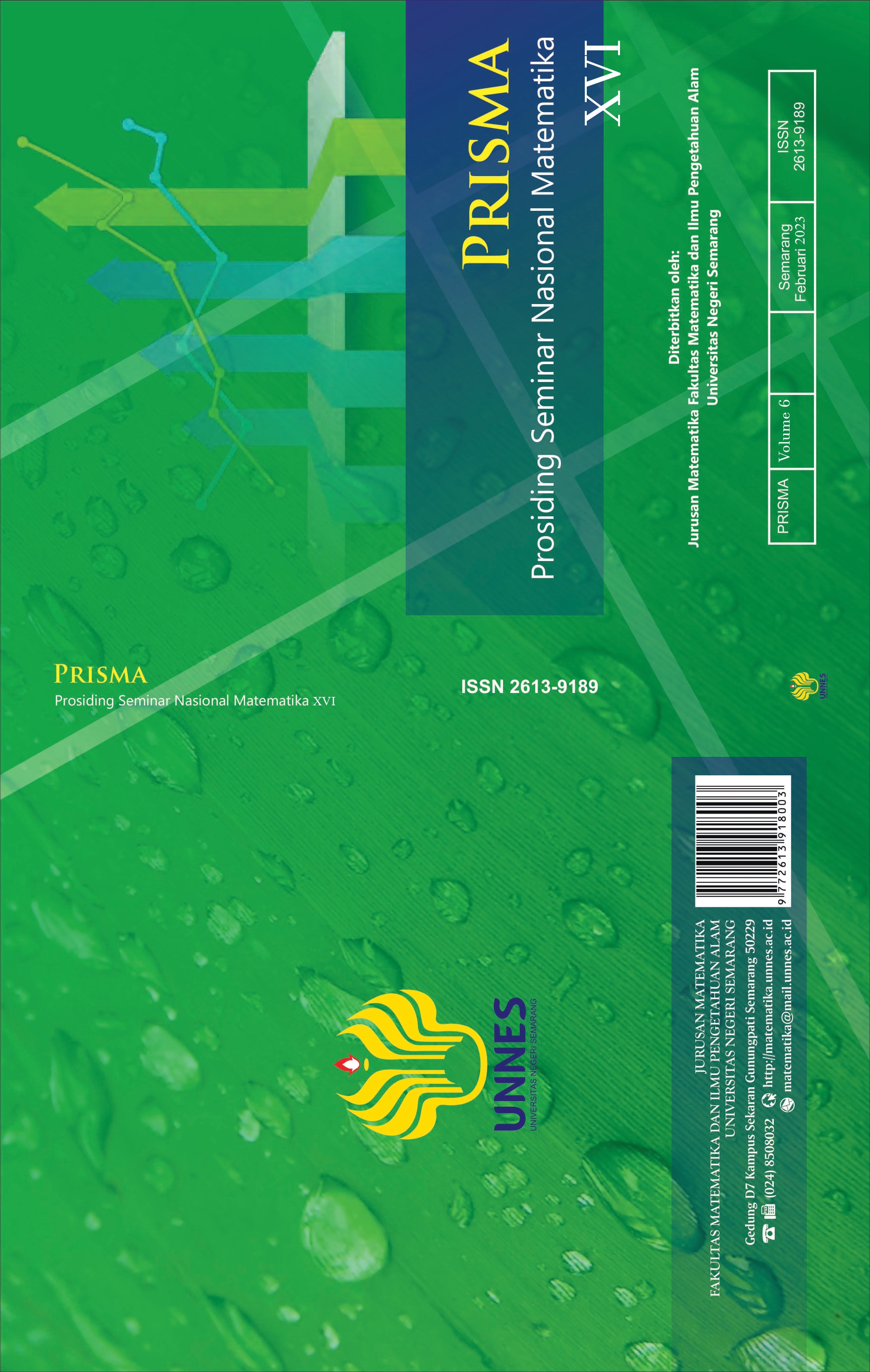Study Literature of PISA-Based Test Instruments on Students’ Mathematical Reasoning Ability
Main Article Content
Abstract
This research was motivated by the lack of students' mathematical reasoning abilities in learning mathematics. Indonesia in the past few years has always been in the bottom 10 ranks in the PISA test, which is proof that the level of students' mathematical reasoning is still low. The use of PISA-based test instruments is still rarely used in the Indonesian education system. This study aims to analyze the PISA-based test instrument on students' mathematical reasoning abilities. This research was structured with a literature study approach, then the data were analyzed descriptively by presenting facts or findings which were then reviewed theoretically. Based on what has been studied, the PISA-based test instrument can develop students' mathematical reasoning abilities. The conclusion of this literature study can be stated that the development of PISA-based test instruments can measure students' mathematical reasoning abilities.
Article Details
References
Brodie, K. (2009). Teaching Mathematical Reasoning Secondary School Classroom. The Open University.
Fauzi, A. (2017). Pelevelan Kemampuan Penalaran Matematis Dengan Pembiasaan Strategi Metakognisi Siswa SMP. Jurnal Penelitian Bidang Pendidikan. Vol 23 (2), 92-99.
Nasution, R. S., Fauzi, K. M. A., & Syahputra, E. (2020). Pengembangan Soal Matematika Model PISA pada Konten Space and Shape Untuk Mengukur Kemampuan Penalaran Matematis. Paradikma: Jurnal Pendidikan Matematika, 13(1), 1-10.
National Council of Teachers of Mathematics. (2000). Principle and Standarts of School Mathematics. Reston: NCTM.
Martani, B. T., & Murtiyasa, B. (2016). Pengembangan Soal Model Pisa Pada Konten Quantity Untuk Mengukur Kemampuan Penalaran Matematis Siswa.
Mutia, M., Effendi, K. N. S., & Sutirna, S. (2020). Pengembangan Soal Matematika Model PISA dengan Konteks Futsal pada Konten Uncertainty and Data. Jurnal Mercumatika: Jurnal Penelitian Matematika dan Pendidikan Matematika, 5(1), 46-53.
OECD. (2009). PISA Assesment Framework.http://www.oecd.org. (October 07th 2022)
OECD. (2022). PISA 2022 Mathematics Framework. http:// https://pisa2022-maths.oecd.org/, (October 07th 2022)
Rosalina, E. (2018). Pengembangan Soal Matematika Model Pisa untuk Mengukur Kemampuan Penalaran Matematika. JOEAI: Journal of Education and Instruction, 1(2), 90-97.
Stacey, K. (2011) “Pandangan PISA Tentang Literasi Matematika di Indonesia,” J. Math. Educ, 2, hal. 95–126.
Sujono. (1988). Pengajaran Matematika untuk Sekolah Menengah. Jakarta: Departemen Pendidikan dan Kebudayaan Dirjen Dikti Proyek Pengembangan Lembaga Pendidikan Tenaga Kependidikan
Sumarmo, U. (2005). “Pembelajaran Matematika untuk Mendukung Pelaksanaan Kurikulum Tahun 2002 Sekolah Menengah”. Makalah disajikan pada seminar Pendidikan Matematika di FPMIPA Universitas Negeri Gorontalo tanggal 7 Agustus 2005.
